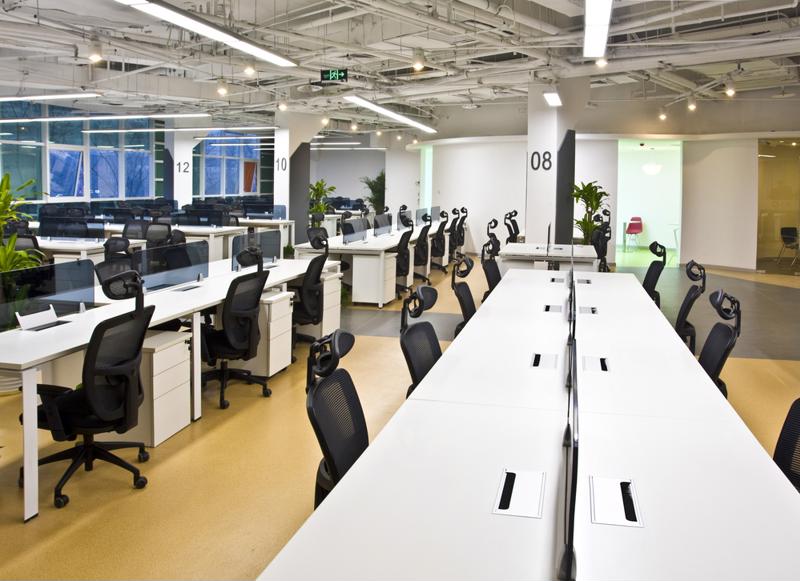Top 4 reasons why office design matters to business workflow
May 15, 2015
Our surroundings influence our daily lives more than we realize. That’s definitely the case at work, making office design one of the most crucial aspects of your business. While some managers understand that office design matters a great deal, others place it low on their list of priorities.
We spend a lot of time at the office – almost as much time as we spend at home – so it should be a place where all employees feel comfortable and productive. While you might not have the budget for a mile-long, open office plan like Facebook’s, you do have the ability to foster a more personal, collaborative and innovative workspace through office design, even in a smaller space.
Here are four reasons why office design should matter to managers:
1. No employee likes to be put in a box: Individual cubicles in windowless offices can stifle productivity quite quickly. According to Fast Company, natural light improves the health of everyone in the office. Study after study has proven that sunlight boosts energy and mood. Without cubicles, the space feels much less cluttered. In the most successful businesses, it’s not just the CEO who gets the “office with the view;” Bullpens and clusters along the sides of open windows allow plenty of natural light to pour in and are found in more and more companies.
 Open office plans allow for more natural light in the workspace, as well as better collaboration.
Open office plans allow for more natural light in the workspace, as well as better collaboration.
2. Every department requires its own setup: Each department has its own goals, personality and strategy. Your office design should enhance these workflows. For instance, a sales department needs enclosed offices because they are on the phone most of the time. However, a creative department is more comfortable in a relaxed, open office plan where collaboration can easily take place.
3. Communal areas are important: While individuals require their own private desk to focus and complete their work, there needs to be a space for people to relax and unplug on occasion. Staring at a computer screen for eight hours a day without a break can easily wear down your employees. As a result, tension escalates and creative ideas plummet. When your employees need to enjoy a snack or make a quick phone call, there should be a place for them to do so. Communal areas where individuals can hold brainstorming sessions or unwind after hours are incorporated into many open office designs.
4. Minimalism and simplicity foster creativity: Clutter is the enemy of focus and innovation. That’s why a lot of modern offices have opted for simple, minimalist designs. According to Inc., many tech startups in Silicon Valley have adopted a minimalist style. A light, open floor plan with sleek furniture and remote capabilities is simply more intuitive and interesting than other office designs, as its streamlined architecture speaks for itself.


.png?width=80&name=1-questions%20(1).png)